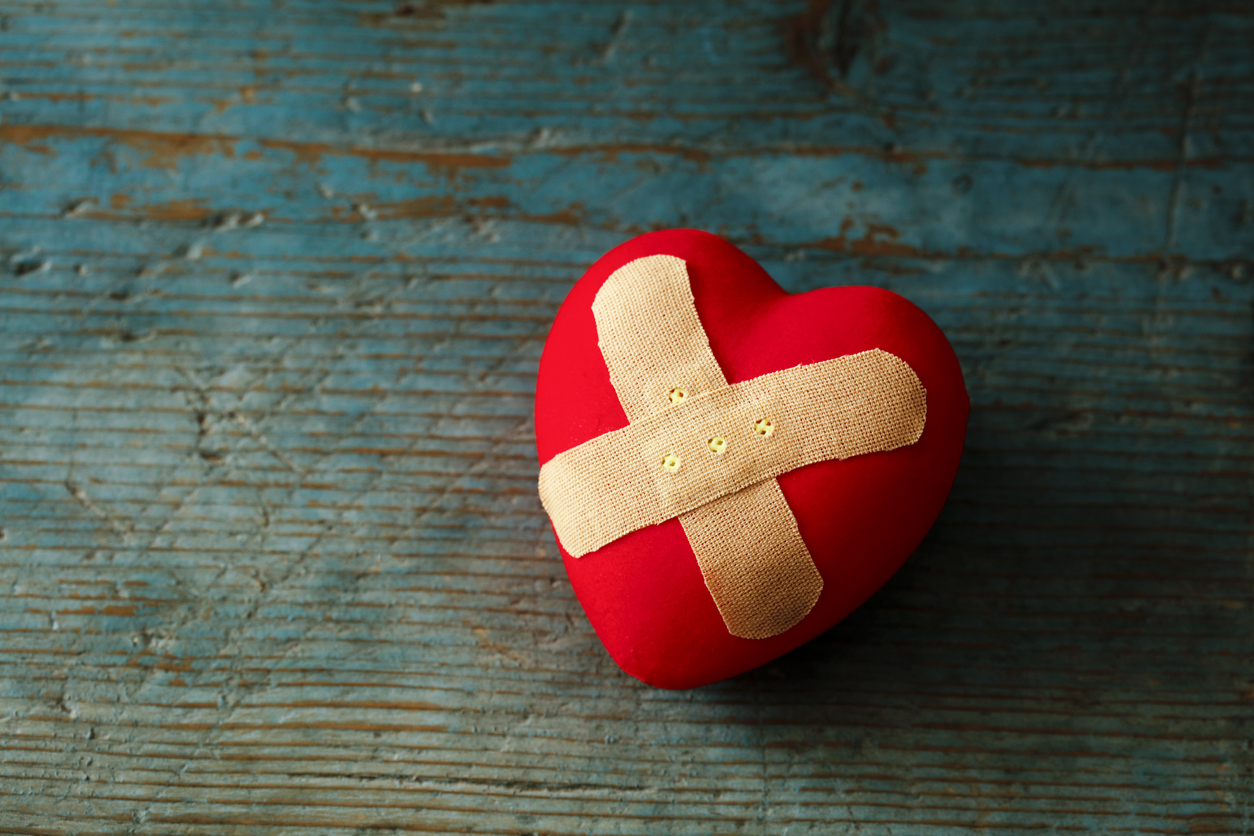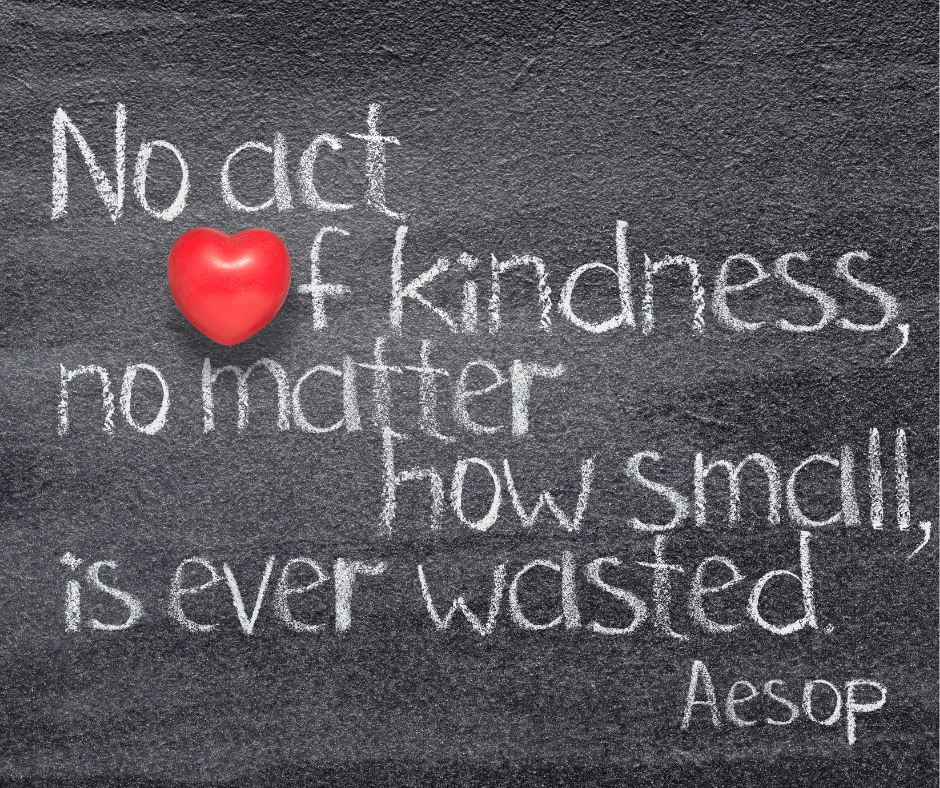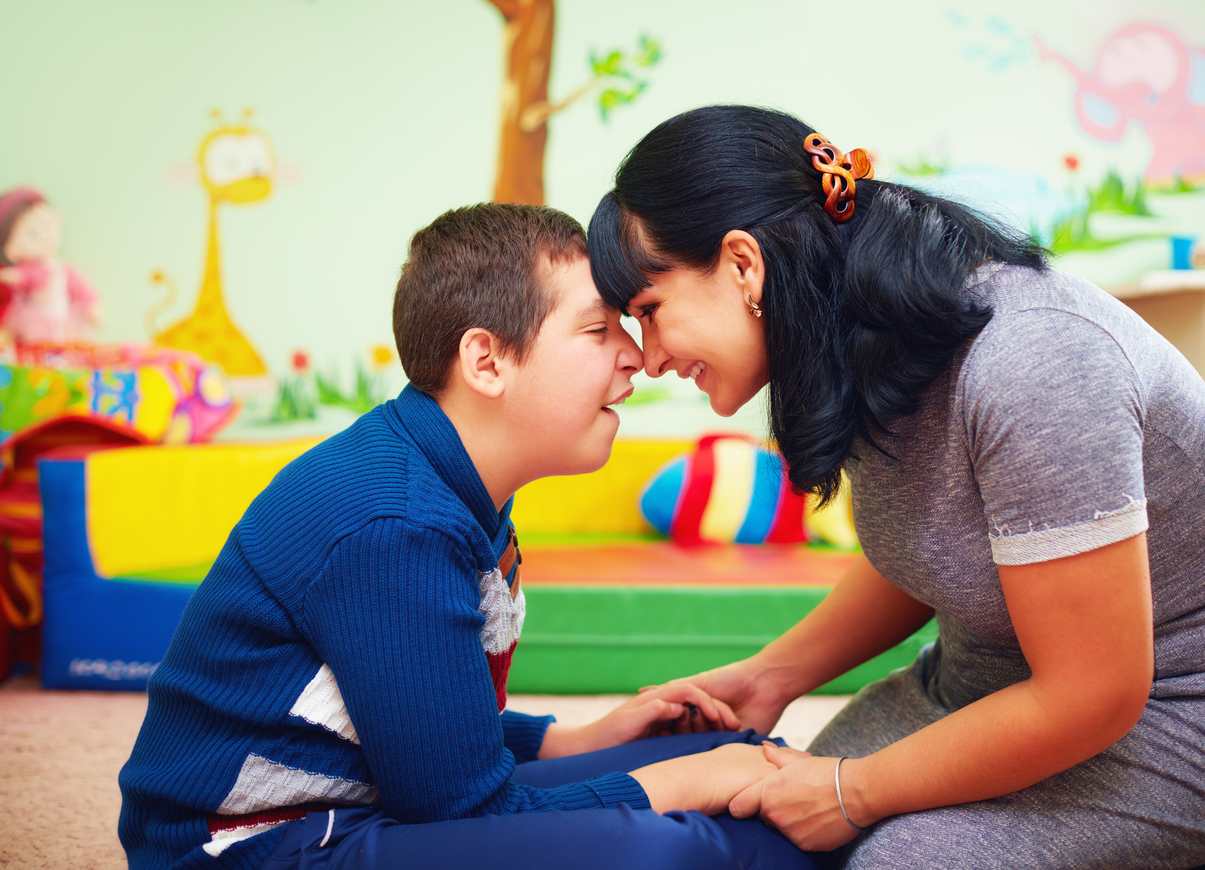We are used to referring to addiction as a disease, but Dr. Daniel Sumrok (Director of Center for Addiction Sciences at the University of Tennessee) says that is wrong. It should be called, “ritualized compulsive comfort-seeking” he states. Dr. Sumrok says it is a normal response to adversity experienced in childhood, just like bleeding is a normal response to being stabbed. He says “The solution to changing the illegal or unhealthy ritualized comfort-seeking of opiod and other addictions (alcohol, food, sex, gambling, etc.) is to address a person’s adverse childhood experiences (ACE) in individual and group therapy (without shaming and blaming) and help them find a ritualized compulsive comfort-seeking behavior that won’t kill them or put them in jail (coaching their kid’s soccer team, volunteering at a food bank, etc.). He also uses appropriate medication to aid with this (buprenorphine/Suboxone and naltrexone/Revia). He also encourages them to integrate other rituals, such as walking 30 minutes a day or other exercise, joining a 12-step group or finding a path to encourage spiritual awakening. This revolutionary approach goes along with the approach advocated by many of the leading thinkers in addiction and trauma (including Drs. Gabor Mate, Lance Dodes and Bessel Van der Kolk).
Dr. Sumrok started on this path while working in an eating disorder clinic and found that 90% had experienced sexual trauma. He now incorporates ACE (Adverse Childhood Experiences) into his practice.
This is based on groundbreaking research (CDC-Kaiser Permanent Adverse Childhood Experiences) that looks at how 10 types of childhood trauma affected long-term health. They include: physical, emotional and sexual abuse; physical and emotional neglect; living with a family member who is addicted to alcohol or other substances or who’s depressed or has other mental illnesses; experiencing parental divorce or separation; having a family member who’s incarcerated and witnessing a mother being abused. The study found that the higher the ACE (some types of childhood adversity experienced) the higher the risk of chronic disease, mental illness, violence, being a victim of violence and other consequences.
The study found most people (64%) have at least one ACE and 12% of the population has an ACE score of 4. Having an ACE score of 4 nearly doubles the risk of heart disease and cancer, increases the likelihood of becoming an alcoholic by 700% and the risk of attempted suicide by 1200%. People with an ACE score of 5 or higher are 7-10 times more likely to use illegal drugs, report addiction and to inject illegal drugs.
What this new approach is doing is giving people the hope that they can heal. It normalizes the addiction as a brain adaptation rather than a brain disorder. It explains it is the coping behavior they adopted because they weren’t provided with healthy alternatives when they were young. People are beginning to understand that because of toxic stress, the thinking part of the brain didn’t develop the way it should have and it goes offline at the first sign of danger even if they’re not connecting the trigger with the experience–the odor of after shave worn by the uncle who sexually abused you or the voice that sounds like the mother who used to beat you. As Bessel van Der Kolk says, “the body keeps the score.”
“You mean I’m not crazy” has been the first step towards healing the addiction of many who are finding other ways to deal with childhood trauma rather than addiction.
(For more info, go to ACE Science 101 and acestoohigh.com. To calculate your ACE and resilience scores, go to Got Your ACE Score?)













